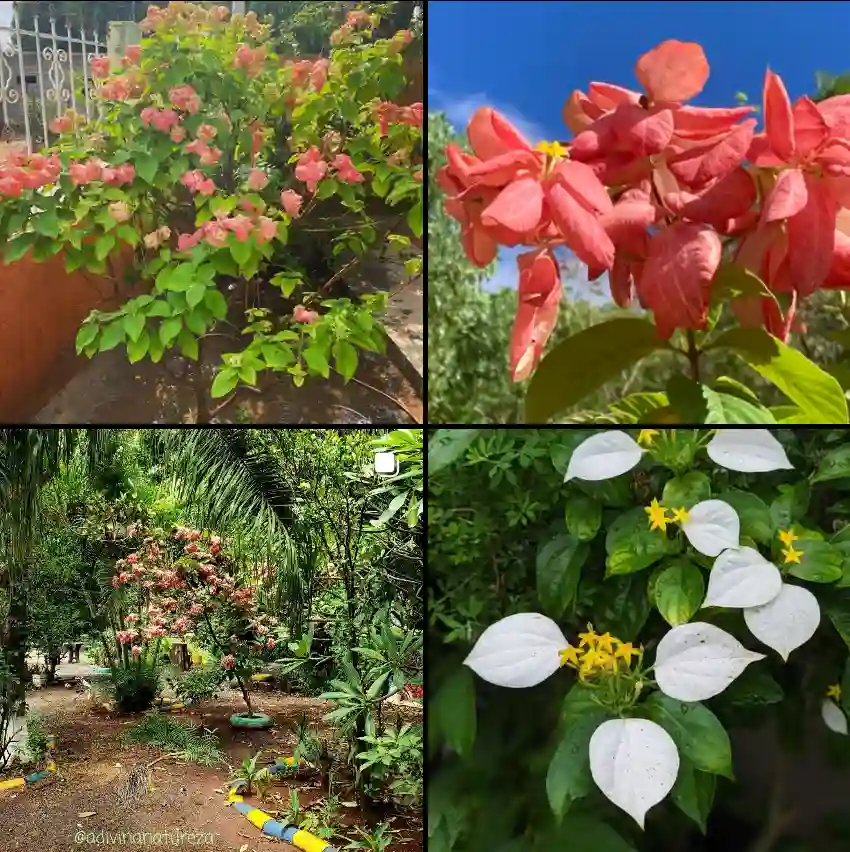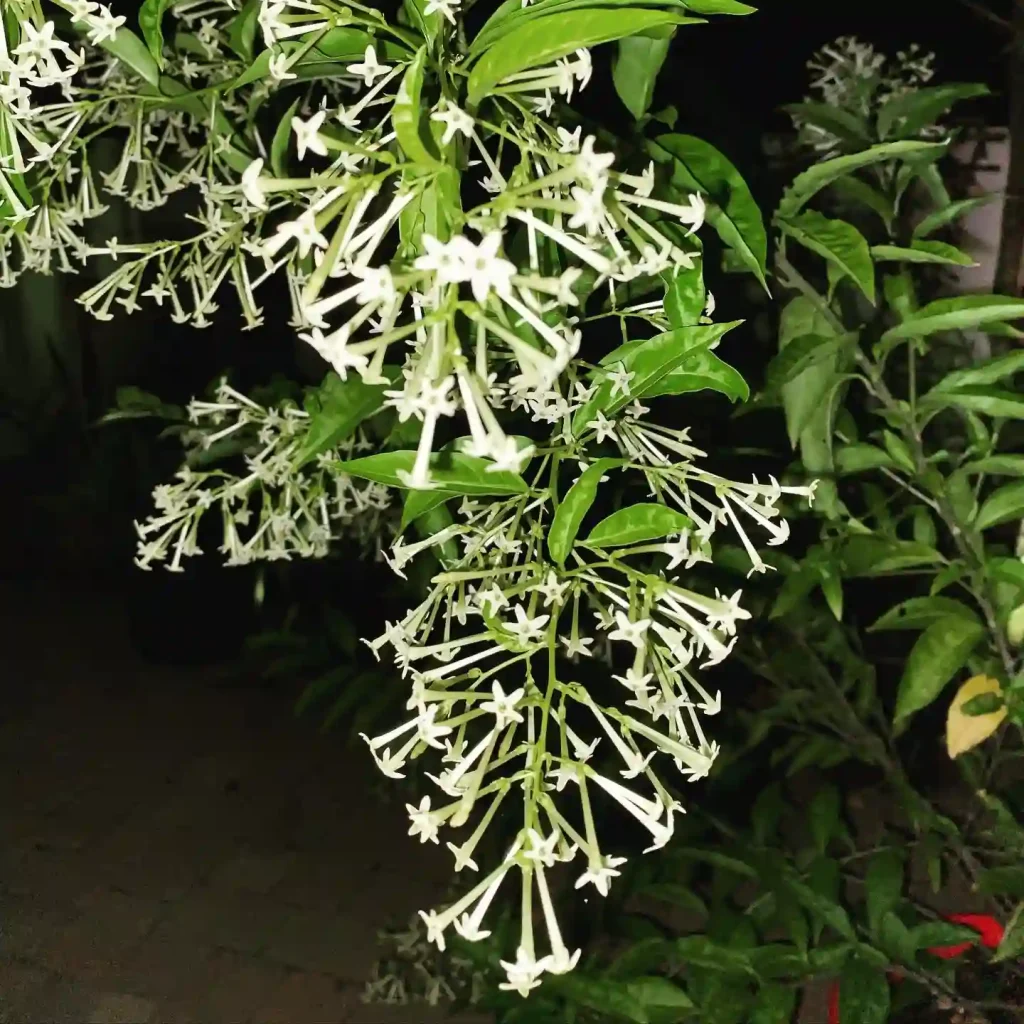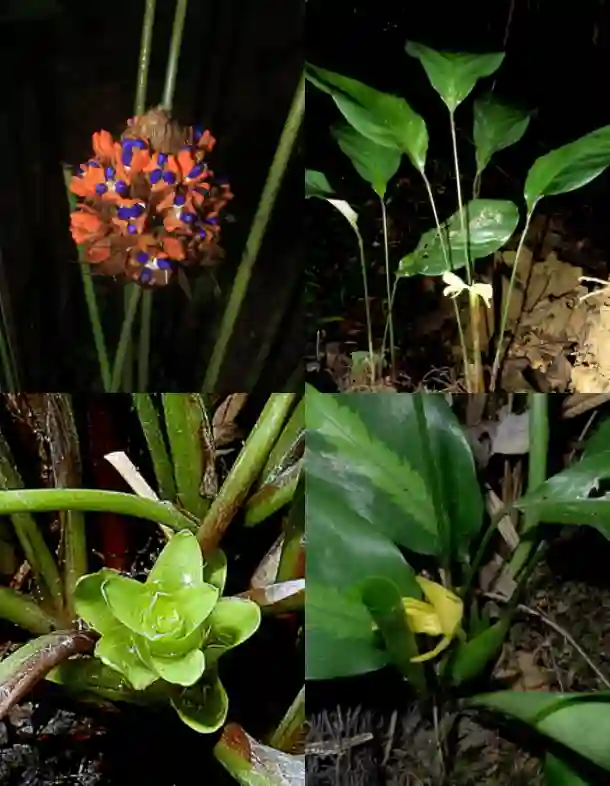What is Nepenthes Bicalcarata?
As a passionate carnivorous plant enthusiast, I’m constantly on the lookout for unique and fascinating additions to my collection. That’s how I stumbled upon the Nepenthes bicalcarata, also known as the Fanged Pitcher Plant. This captivating carnivore from the jungles of Borneo has quickly become one of my favorites, and I’m here to share its secrets with you.
Plant Family: Nepenthaceae – 207 Species in Genus Nepenthes
The first thing that strikes you about the Nepenthes bicalcarata is its namesake – the fangs. These aren’t actual teeth, but rather two downward-pointing spurs located beneath the hood of the pitcher. They add a menacing touch to this already otherworldly plant, making it look like something straight out of a horror movie.
But these fangs aren’t just for show. They’re thought to play a role in attracting prey. The Nepenthes bicalcarata is a lowland pitcher plant, meaning it thrives in hot and humid environments. This translates to a slippery surface around the pitcher’s rim. Insects, lured by the nectar produced on the rim or the colorful pitchers themselves, lose their footing and tumble into the deadly liquid within.
What Does a Nepenthes Bicalcarata Eat?
So, what exactly does this ferocious flora feast on? The Nepenthes bicalcarata is an opportunistic carnivore, meaning it takes what it can get. Its primary prey consists of insects like ants, flies, beetles, and even wasps. The digestive juices within the pitcher break down the prey, releasing nutrients that the plant absorbs. This unique adaptation allows the Nepenthes bicalcarata to thrive in nutrient-poor environments like peat swamps.
How to Care for Nepenthes Bicalcarata?
Owning a Nepenthes bicalcarata is an exciting prospect, but it’s important to remember that these are finicky plants. They require specific conditions to thrive. Here are some key points to consider:
- Temperature and Humidity: As a lowland species, the Nepenthes bicalcarata prefers warm temperatures (around 70-85°F) and high humidity (70-90%). Terrariums are a great option for maintaining these conditions.
- Light: While not direct sunlight, these plants need bright, indirect light for several hours a day.
- Water: Use only distilled water or rainwater, as tap water contains minerals that can harm the plant. Keep the soil moist but not soggy.
- Soil: A well-draining, peat-moss-based mix is ideal.
Where to Buy Nepenthes Bicalcarata?
Finding a Nepenthes bicalcarata can be a bit tricky. They’re not as common as some other carnivorous plants. However, with some searching, you can find reputable carnivorous plant nurseries or online retailers that specialize in these exotic beauties. Be prepared to pay a bit of a premium for this unique plant.
A Plant with a Partner: The Fascinating Symbiosis of Nepenthes Bicalcarata
The Nepenthes bicalcarata isn’t just a solitary hunter; it has a fascinating symbiotic relationship with a specific ant species, Camponotus schmitzi. These ants live inside the pitchers, gaining protection from predators and access to the sugary secretions produced by the plant. In return, the ants help keep the pitchers free of debris and may even deter larger predators. This mutually beneficial partnership is a prime example of co-evolution in the plant kingdom.
The Allure of the Fanged Pitcher Plant
The Nepenthes bicalcarata is more than just a carnivorous plant; it’s a captivating glimpse into the wonders of plant adaptations and symbiotic relationships. With its unique appearance, fascinating hunting strategies, and complex partnerships, this “Fanged Pitcher Plant” is sure to enthrall any plant enthusiast. So, if you’re looking for a challenging yet rewarding addition to your collection, the Nepenthes bicalcarata might just be the perfect fit for you. Just remember, with great beauty comes great responsibility – be prepared to provide the specific care this remarkable plant needs to thrive.
If i die, water my plants!



